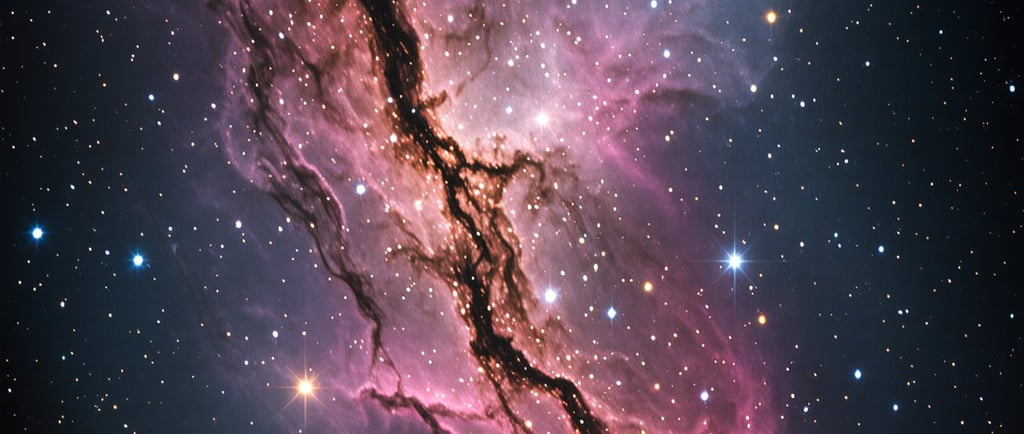M24: The Sagittarius Star Cloud


Introduction to the Sagittarius Star Cloud
The Sagittarius Star Cloud, known scientifically as M24, is a striking feature of our Milky Way galaxy, located within the constellation of Sagittarius. This vast star field and nebulous region span approximately 600 light-years across, making it a significant target for astronomers and stargazers alike. With its immense array of stars, the Sagittarius Star Cloud offers a captivating glimpse into the cosmic wonders that lie beyond our planet.
Characteristics and Composition of M24
Approximately 10,000 light-years away from Earth, the Sagittarius Star Cloud boasts an apparent magnitude of 4.6, making it visible to the naked eye under ideal viewing conditions. This star cloud contains thousands of stars, providing a rich field for both amateur and professional astronomers. The M24 region is primarily composed of a mix of hot, young stars, as well as older, cooler stars, which contribute to the diverse atmospheric characteristics visible within the star cloud. The sheer number of stars present creates a breathtaking tapestry of light that highlights the beauty of our universe.
The Astronomical Significance of the Sagittarius Star Cloud
The significance of the Sagittarius Star Cloud extends beyond its visual appeal. It serves as a crucial area for scientific study, allowing astronomers to analyze star formation and the dynamics of stellar clusters. Researchers utilize this region to better understand the complex interactions of stars within the Milky Way. M24 also offers insights into how different stellar populations evolve over time, shedding light on the broader mechanisms that govern the life cycles of stars.
The Sagittarius Star Cloud remains a key focus in the field of astronomy, combining both beauty and scientific intrigue. Engaging with the study of M24 not only enhances our appreciation for the cosmos but also deepens our understanding of the universe's expansive nature.
